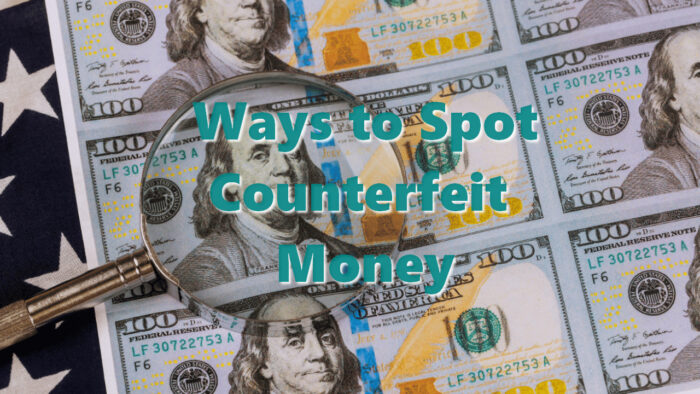
Ways to Spot Counterfeit Money
Counterfeit money is a fake currency that has been produced with the intent to deceive. It is a serious crime, and unfortunately, it is becoming more prevalent. Businesses, banks, and individuals need to be aware of the signs of counterfeit money to avoid being a victim of fraud. In this article, we will discuss some ways to spot counterfeit money.
Check for Watermark
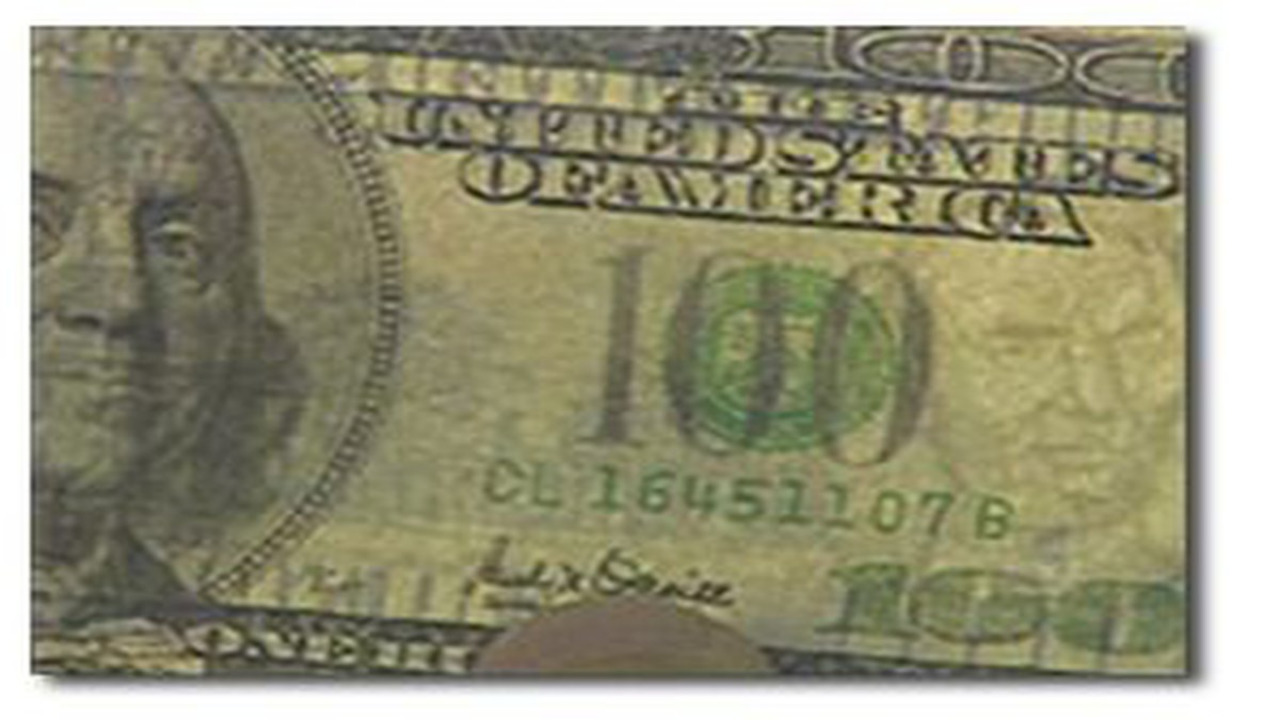
One of the most effective ways to spot counterfeit money is to check for a watermark. Most legitimate currency has a watermark that is visible when held up to the light. The watermark is a faint image of the portrait on the bill. If the bill does not have a watermark or if the watermark is not visible, it could be counterfeit. Without watermarks, such counterfeit money can be rejected by machines for counting money.
Inspect the Texture
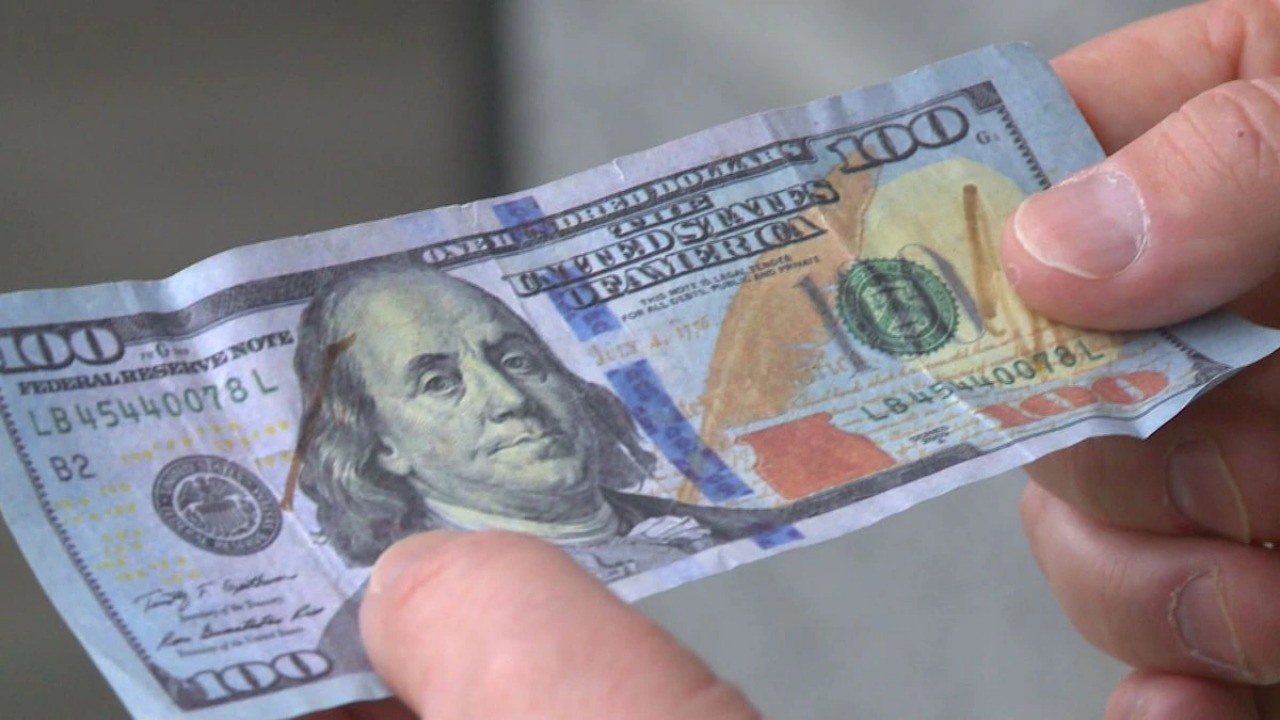
Another way to spot counterfeit money is to inspect the texture of the bill. Real currency has a distinctive texture that is difficult to replicate. Counterfeit bills are often printed on low-quality paper, which does not have the same texture as genuine currency. Hold the bill up to the light and rub your fingers over the surface to feel for any irregularities.
Check the Printing Quality
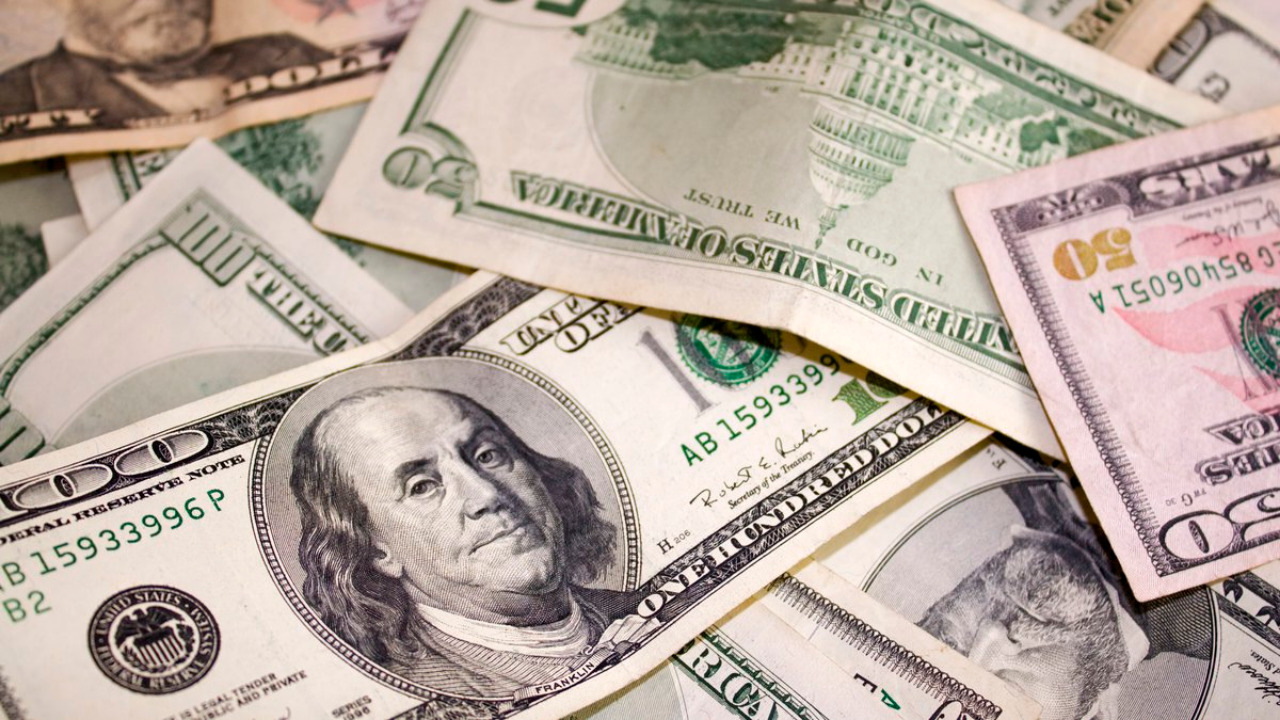
The quality of printing is another way to spot counterfeit money. Legitimate currency has clear and sharp printing, while counterfeit bills may have blurry or smudged text. Look for any signs of inconsistent or uneven printing, which could indicate that the bill is fake.
Examine the Serial Number
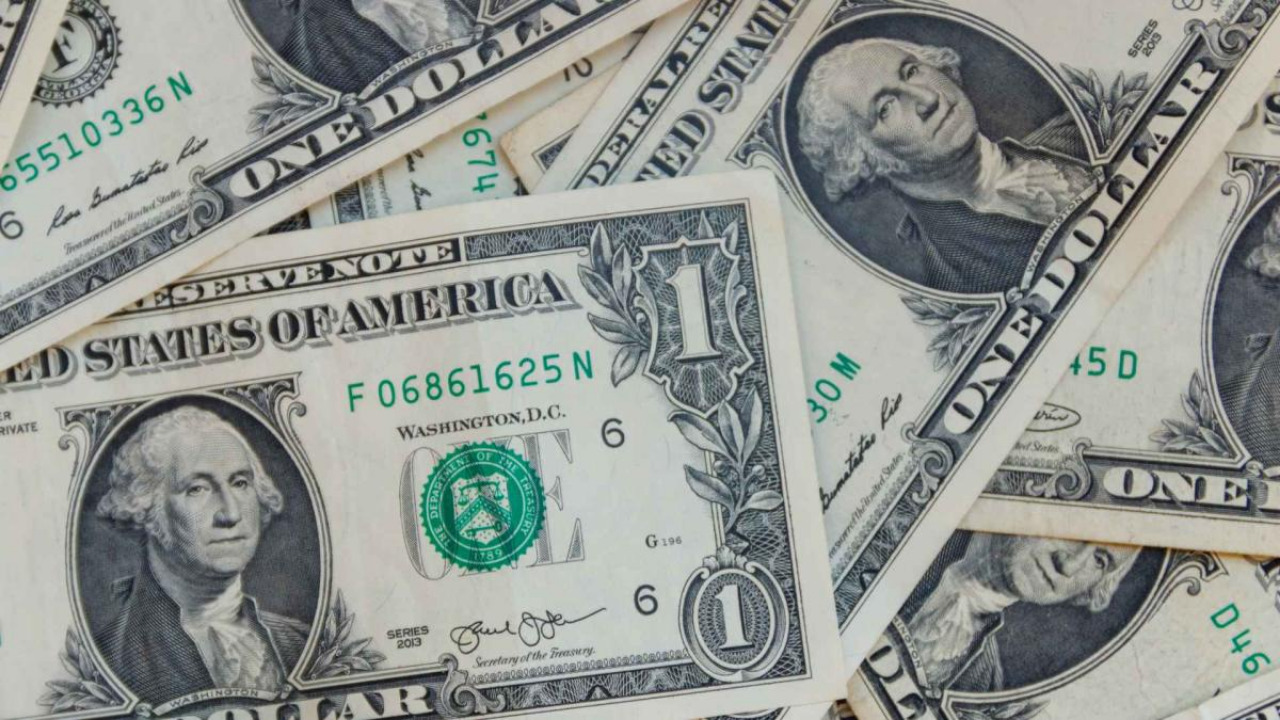
Every bill has a unique serial number. Counterfeiters often reuse serial numbers, which is a red flag. Check the serial number to make sure it is not identical to other bills you have received. If the serial number is identical to another bill or if it looks like it has been altered or printed unevenly, it is likely counterfeit.
Look for Security Features
Many legitimate currency bills have security features, such as a hologram or color-shifting ink. These features are difficult to replicate, so counterfeiters often leave them out. Look for any security features on the bill and check to make sure they are genuine.
Verify the Portrait
Every bill has a portrait of a famous figure on it. Counterfeiters may not be able to replicate the portrait accurately, so it is important to examine it closely. Look for any signs of inconsistency, such as missing or blurred details. Compare the portrait to other bills you have received to check for any differences.
Check the Denomination
Counterfeiters may try to pass off lower denomination bills as higher-value ones. Check the denomination of the bill to make sure it matches the value you expect. For example, a counterfeit $20 bill may have the portrait of a $100 bill on it.
Use a Counterfeit Detection Pen
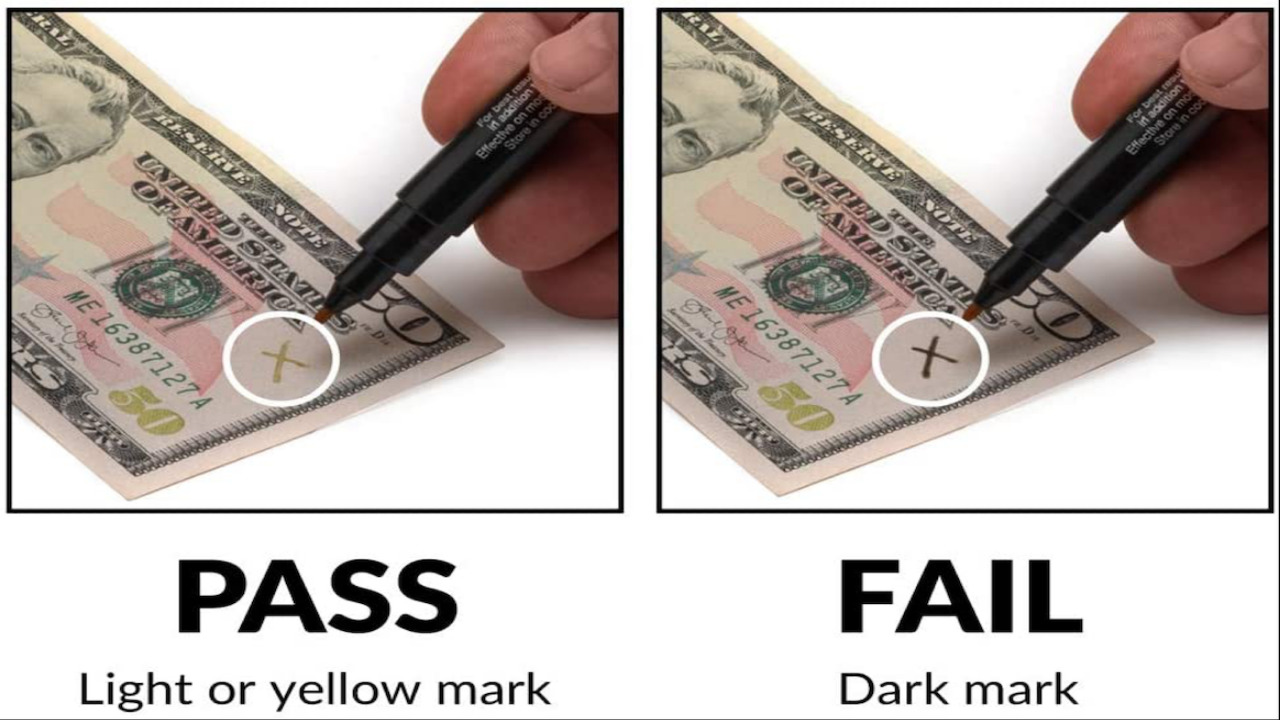
A counterfeit detection pen is a tool that can be used to detect counterfeit money. The pen contains ink that changes color when it comes into contact with counterfeit paper. The ink turns black when it comes into contact with the counterfeit paper, while it stays clear when it is used on the legitimate currency.
In conclusion, spotting counterfeit money is an important skill everyone should have. Businesses, banks, and individuals need to be aware of the signs of counterfeit money to avoid being a victim of fraud. Checking for watermarks, inspecting the texture, examining the printing quality, verifying the serial number, looking for security features, verifying the portrait, checking the denomination, and using a counterfeit detection pen are all effective ways to spot counterfeit money. Remember, if you suspect a bill is counterfeit, contact the authorities immediately and do not accept it.
